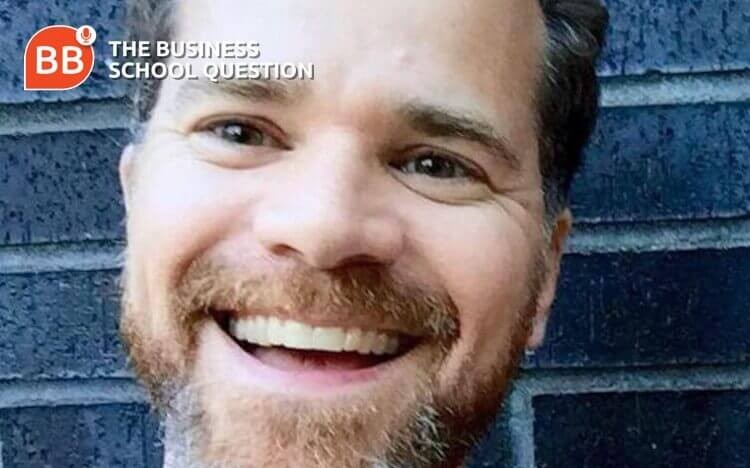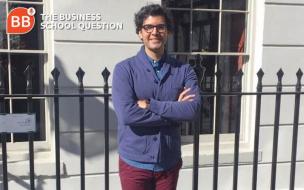On the podcast, Graham talks about the pros and cons of MBA life at Wharton, how to stand out to the admissions committee, and his own podcast: The Clear Admit MBA Admissions Podcast
Graham Richmond came from a liberal arts background before deciding to do an MBA. His first set of applications didn’t go to plan—he applied to Wharton and was rejected.
He learned some valuable lessons from that experience and second time round he was accepted into every school he applied for—including Harvard, Columbia, and Wharton.
After completing his MBA, Graham worked as an admissions consultant, helping others get into business school, and started his own MBA news and advice website ClearAdmit.
We spoke to Graham about his journey to business school and asked him the question: How do you get accepted into the Wharton MBA?
Why did you choose Wharton for your MBA?
In the end, it came down to Harvard or Wharton. I knew I didn’t have any background in finance or accounting, so I was looking for quantitative rigor in my MBA—I wanted my butt to get kicked in these classes! The academic rigor and mix of learning at Wharton stood out.
Wharton was also consistently ranked number one by Bloomberg Businessweek at the time. I was from the Philadelphia area and, for me, Wharton was up on a pedestal; known the world over. I liked the idea of staying local and getting an MBA there.
How did you go about funding your MBA?
I took loans and had some help with family and I accepted that the ultimate long-term pay-out would be worthwhile.
An MBA is a major investment and you lose two years out of the workforce. But, the reality is, if you keep your head down and do well in business school and get a good job, in a matter of years you’ll be well ahead of where you were before—that’s how I looked at it.
How did your first round of applications differ from what you did second time around?
There were three main problems with my first set of applications.
- I didn’t have much evidence of quantitative ability on my transcript.
- I took the GMAT and scored a 660 (the average GMAT back then was between 680 and 700). I was below what was needed to be competitive. That sent up a red flag.
- The kiss of death was that I didn’t have a good sense of what I wanted to do with the degree in terms of my career plan, which I could talk about in my essays and interview.
To get accepted the second time around, I put myself on a year-long track to re-take the GMAT. I took classes in stats and accounting at a local university to build an alternative transcript and I thought really hard about my career goals.
Check out: How To Get Into Columbia Business School's EMBA
What advice do you have for anyone applying to a top-ranked business school?
Know your audience. Know who it is that’s reading your file. There’s often a misconception that admissions people are businesspeople—that’s not the case at all.
Understand the factors that influence that reader. If they admit somebody who does poorly academically, they’re going to hear from it from the academic office. If they admit someone with no career plan, they’re going to hear about that from the careers service. Students, too, are looking for diversity to make their experience as valuable as possible.
The best candidates come in with an academic profile suggestive of success in the program, a career plan which makes it seem that they would be employable after the MBA, and they are people who are ready to take part in the MBA community.
RECAPTHA :
ba
f0
48
86



 1
1 




Comments.